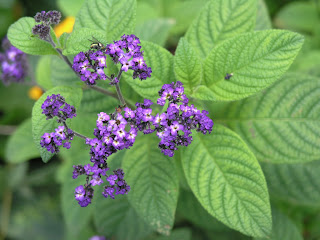Every year at the end of October, the Far Hills Race Meet holds a steeple chase that has become so popular that more than 50,000 people pour into the little town by car and train to watch the competition. Elaborate tailgate parties are a large part of the attraction to the event at Moorland Farms, where the fields are ringed by hills in full autumn glory, the trees at their most brilliant scarlet and gold. Last year however, many were brown. This year, most will be bare. Will anyone notice?
Here's a link to an article about last year's race. Scrolling through the photos it is clear that even then, there were already many trees completely leafless at an event timed to occur at the peak of the colorful season.
http://www.nj.com/helpinghands/jamieduffy/index.ssf/2008/10/far_hills_race_meeting_a_nod_t.html
It's back to school time so when I drove second daughter back to UPenn in Philadelphia, it gave me a chance to take a look at the trees in an urban setting for a change.
And guess what. All I did was cross the street, and from the vantage of that random intersection I was able to photograph one dying specimen after another.

The apartment is in a row of charming Victorian houses, with just enough space around them for little gardens and ivy covered porches. What do you suppose it means when poisonous compounds infect the atmosphere to the point where, in the space of ONE YEAR, every species of tree is either dead or has obvious signs of irreversible damage? When even annual plants, like the sort we all eat for food, exhibit symptoms as well, it's time to pay attention.



The ivy leaves are discolored and dry as paper.




Overproduction of seed pods in a deciduous tree. When there are more seeds than leaves, there is a problem.














Somebody planted a butterfly border but the plants that attract butterflies are in sorry shape.

Monarda.






Autumn clematis blooming early everywhere.











Below are links to scientific research about ethanol for those inclined to slog through such studies.
http://www.stanford.edu/group/efmh/jacobson/revsolglobwarmairpol.htm
http://www.stanford.edu/group/efmh/jacobson/E85vWindSol
Some of those could be ozone damage. So many look so bad. I hope you can revisit those same plants for subsequent pictures.
ReplyDelete